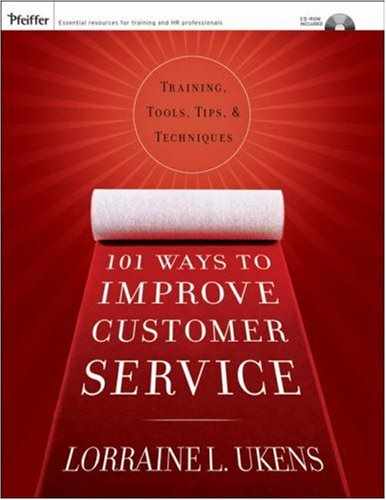Goal

To discover the relationship between what is seen and what is perceived. Participants will identify objects based on verbal descriptions.
Materials

One sheet of blank paper and a pencil for each participant
Eight to ten common objects (for example, stapler, stuffed animal, plant, globe)
Prior to the session, place half of the objects in a front corner of the room and half in a back corner. These objects are in addition to other items normally found in the room.
Distribute one blank sheet of paper and a pencil to each participant.
Direct all participants to face the front of the room. Ask for a volunteer.
Explain that the participants will be trying to identify specific objects that will be described by the volunteer. The name of each object is to be written on the paper provided, numbered sequentially.
Tell the volunteer to look at the front corner of the room where you placed the additional objects (define the limits of the “corner”) and describe everything that he or she sees there, without naming any of the actual objects, their composition materials, or their uses. The descriptions should be in terms of line, shape, color, texture, size, apparent weight, translucence, and so forth. (For example, a vase could be described as slender, green, and ten inches tall, but not as glass or as a container to hold flowers. This description also mistakenly might lead a participant to select a plant as the object being described.) Tell the volunteer to record each object in sequential order after describing it.
After the volunteer finishes the descriptions, ask participants to name the objects. The volunteer will verify the answers against his or her master list.
Tell the participants to turn their sheets over and to use the back of the sheet for the next set of descriptions.
Ask for another volunteer to repeat the exercise, but now ask for descriptions of objects that are found in the back corner of the room in which you placed the additional objects. The rest of the participants are to remain facing forward, again trying to identify the objects described.
After the volunteer finishes these descriptions, ask the participants to name the objects and have the volunteer verify the answers.
Facilitate a large group discussion by asking the following questions:
